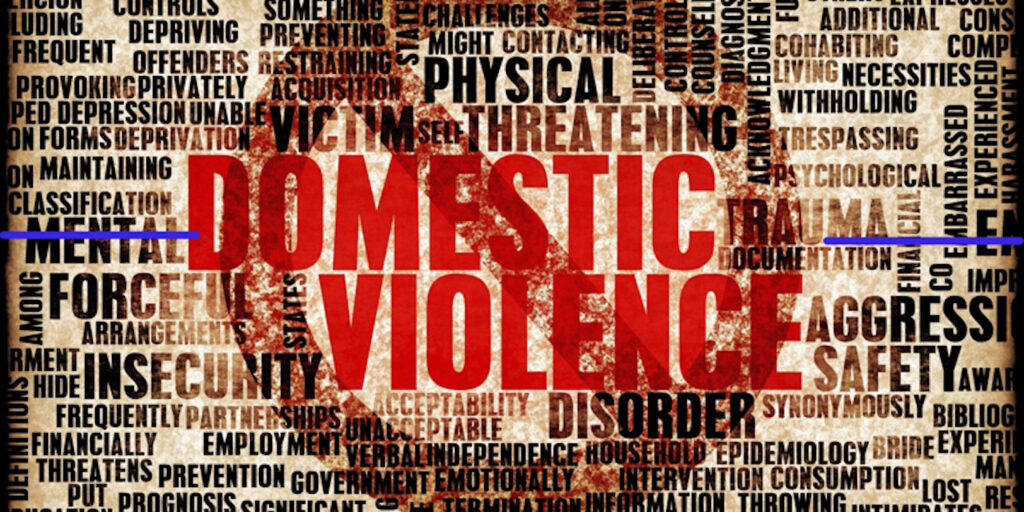Navigating Data Privacy Laws: A Comprehensive Overview
Introduction In the digital age, data privacy has become a paramount concern for individuals and organizations alike. As technology evolves, so do the regulations designed to protect personal information. This article provides a comprehensive overview of data privacy laws, focusing on key legislative frameworks, their implications, and the challenges they pose for compliance. The Evolution of Data Privacy Laws Data privacy laws have evolved significantly over the past few decades. Initially, privacy concerns were addressed on a case-by-case basis, but the increasing volume of data and its misuse necessitated more structured legal frameworks. Early Developments In the 1970s, the first significant data privacy regulations emerged, such as the Fair Credit Reporting Act (FCRA) in the United States. This law aimed to regulate the collection and dissemination of credit information, reflecting the growing concern over data accuracy and privacy. The EU’s General Data Protection Regulation (GDPR) A major milestone in data privacy legislation was the introduction of the General Data Protection Regulation (GDPR) by the European Union in May 2018. GDPR represents one of the most comprehensive data protection laws globally and has set a high standard for data privacy. It applies to all organizations processing personal data of EU citizens, regardless of the organization’s location. Key provisions of GDPR include: – Data Subject Rights: GDPR grants individuals several rights, including the right to access, correct, and delete their data. – Consent: Organizations must obtain clear and explicit consent from individuals before processing their data. – Data Protection Impact Assessments (DPIAs): Organizations must conduct DPIAs for high-risk data processing activities. – Breach Notification: Organizations must notify authorities and affected individuals within 72 hours of a data breach. The California Consumer Privacy Act (CCPA) In the United States, the California Consumer Privacy Act (CCPA), effective January 1, 2020, represents a significant step toward stronger data privacy protections. The CCPA grants California residents new rights over their personal data and imposes strict requirements on businesses. Notable aspects of the CCPA include: – Consumer Rights: California residents have the right to know what personal data is being collected, to access it, and to request deletion. – Opt-Out: Consumers can opt out of the sale of their personal data. – Non-Discrimination: Businesses cannot discriminate against consumers who exercise their privacy rights. Key Principles of Data Privacy Laws Regardless of jurisdiction, several core principles underpin most data privacy laws. These principles ensure that personal data is handled responsibly and transparently. Purpose Limitation Data should only be collected for specific, legitimate purposes and not further processed in a way that is incompatible with those purposes. This principle ensures that data collection practices are aligned with the original intent. Data Minimization Organizations should only collect data that is necessary for the specified purpose. Excessive data collection increases the risk of misuse and breaches. Accuracy Personal data must be accurate and up-to-date. Organizations are responsible for correcting inaccurate or incomplete data. Storage Limitation Data should not be kept for longer than necessary to fulfill its purpose. This principle minimizes the risk of data being exposed or misused. Security Organizations must implement appropriate technical and organizational measures to protect personal data from unauthorized access, disclosure, alteration, and destruction. Accountability Organizations are accountable for complying with data privacy laws and must demonstrate their compliance through documentation and regular audits. Challenges in Data Privacy Compliance While data privacy laws aim to protect individuals, they present several challenges for organizations striving to comply. Global Variations Data privacy laws vary significantly between jurisdictions. For multinational organizations, navigating these differences can be complex and resource-intensive. For example, GDPR’s stringent requirements may contrast with the more lenient regulations in other countries. Data Transfers Transferring data across borders adds another layer of complexity. GDPR, for instance, imposes strict conditions on transferring personal data outside the EU. Organizations must ensure that adequate protection measures are in place, such as Standard Contractual Clauses (SCCs) or Binding Corporate Rules (BCRs). Technological Advancements Rapid technological advancements, such as artificial intelligence and big data analytics, pose challenges for traditional privacy frameworks. New technologies often outpace the development of corresponding regulations, creating gaps in protection and compliance difficulties. Enforcement and Penalties The enforcement of data privacy laws can be rigorous, with significant penalties for non-compliance. For instance, GDPR imposes fines of up to €20 million or 4% of annual global turnover, whichever is higher. The threat of substantial fines motivates organizations to prioritize compliance but also raises concerns about the financial impact on smaller businesses. Best Practices for Data Privacy Compliance To navigate the complexities of data privacy laws, organizations can adopt several best practices: Develop a Data Privacy Program Establish a comprehensive data privacy program that includes policies, procedures, and training to ensure that all employees understand their responsibilities and the importance of data protection. Conduct Regular Audits Regular audits help identify potential compliance issues and gaps in data protection practices. These audits should assess data handling processes, security measures, and compliance with applicable laws. Implement Strong Data Security Measures Invest in robust security technologies and practices to protect personal data from unauthorized access and breaches. This includes encryption, access controls, and regular security assessments. Stay Informed Keep abreast of changes in data privacy laws and regulations. This includes monitoring updates from regulatory bodies and participating in industry forums to stay informed about emerging trends and best practices. Conclusion Data privacy laws are crucial for protecting individuals’ personal information in an increasingly digital world. While compliance can be challenging due to varying regulations, technological advancements, and stringent enforcement, adopting best practices and staying informed can help organizations navigate these complexities. By prioritizing data privacy, organizations not only comply with legal requirements but also build trust with their customers and stakeholders, fostering a more secure and transparent digital environment.









